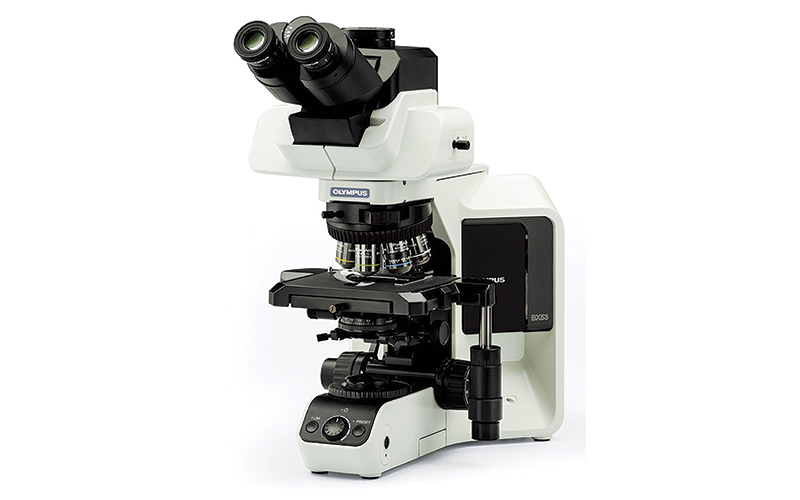Olympus’ new BX53 microscope with True Colour LED provides bright, sharp images with excellent colour rendering performance equivalent to halogen lamps.

The long-life LED light source is brighter and more uniform than a 100-watt halogen bulb – matching every contrast method and providing bright images to multi-head discussion systems for up to 26 people.
The True Colour LED light source enables users to clearly identify commonly used dyes in pathology and other life science applications.
It is fully customisable, with modular units that enable different types of contrast methods, such as polarized light, phase contrast, and fluorescence.




